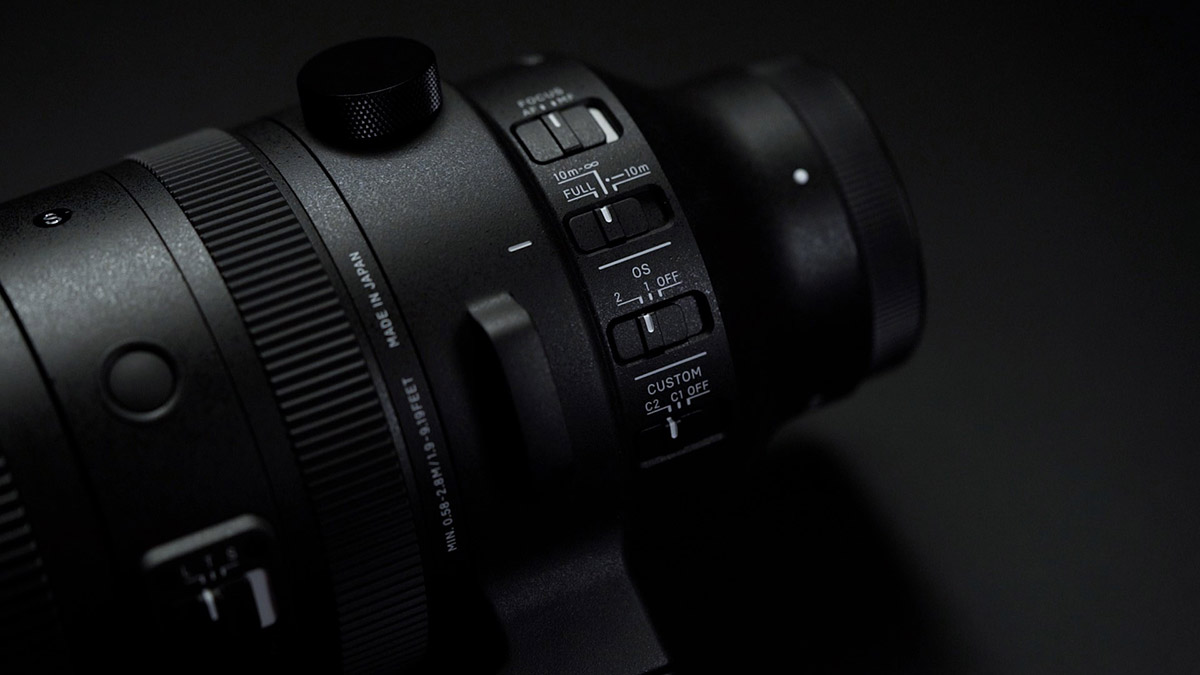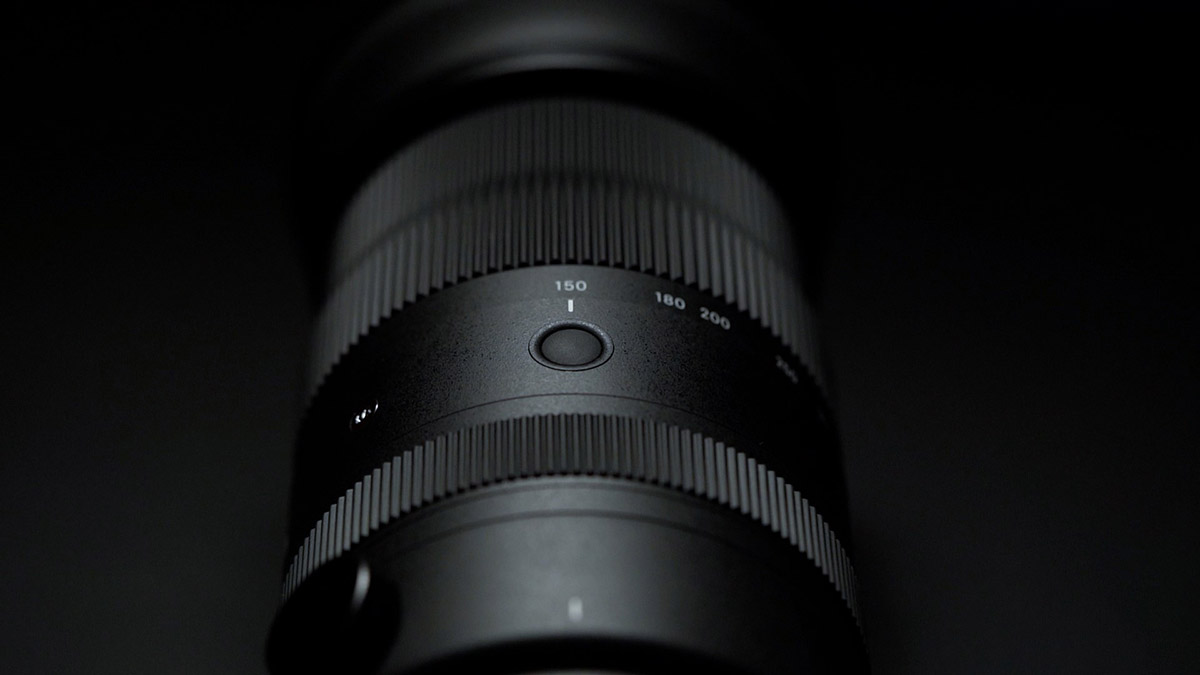Japanese camera and lens manufacturer Sigma has been extremely aggressive over the past couple years, not only with revamping their image in the third-party premium lens category, but also with releasing some fantastic updates to their lens lineup for the Sony E-Mount and L-Mount Alliance Cameras (Leica, Panasonic, Sigma.)
Their latest, which many sports and wildlife photographers have been patiently waiting for, the Sigma Sports 150-600mm f5-6.3 DG DN, is finally here.

The previous iteration of the lens was designed for the DSLR shooters, primarily Canon and Nikon, with many mirrorless shooters using adapters to use the lens on their Sony, Canon and other mirrorless systems.
However, with the advancements in mirrorless camera technology and engineering, Sigma has been able to really push the boundaries on size, performance, and price in a way that will put the camera market for this segment on notice.
When it comes to design and build quality, the lens has improved on the already robustness of the original 150-600 but improves on the overall size, weight and functionality, giving users a more compact super zoom lens, enhanced optics, and now a native mount for the Sony and L-Mount users. Along with the improved AF motors, you can see a big performance boost over its predecessor.
Here are some of the key specs:
- Weight: 2100 grams / 74.1 oz including tripod socket
- 9 rounded diaphragm blades
- 25 Elements in 15 Groups 4 FLD Elements and 2 SLD Elements.
- Splash and dust resistant.
- Optical Stabilization (two settings)
- Dual Action Zoom
- New Zoom Torque Switch
- Tripod compatible with Arca Swiss type screw knob clamp
- Compatible with USB Dock L-Mount only.
- Compatible with teleconverters L-Mount only.
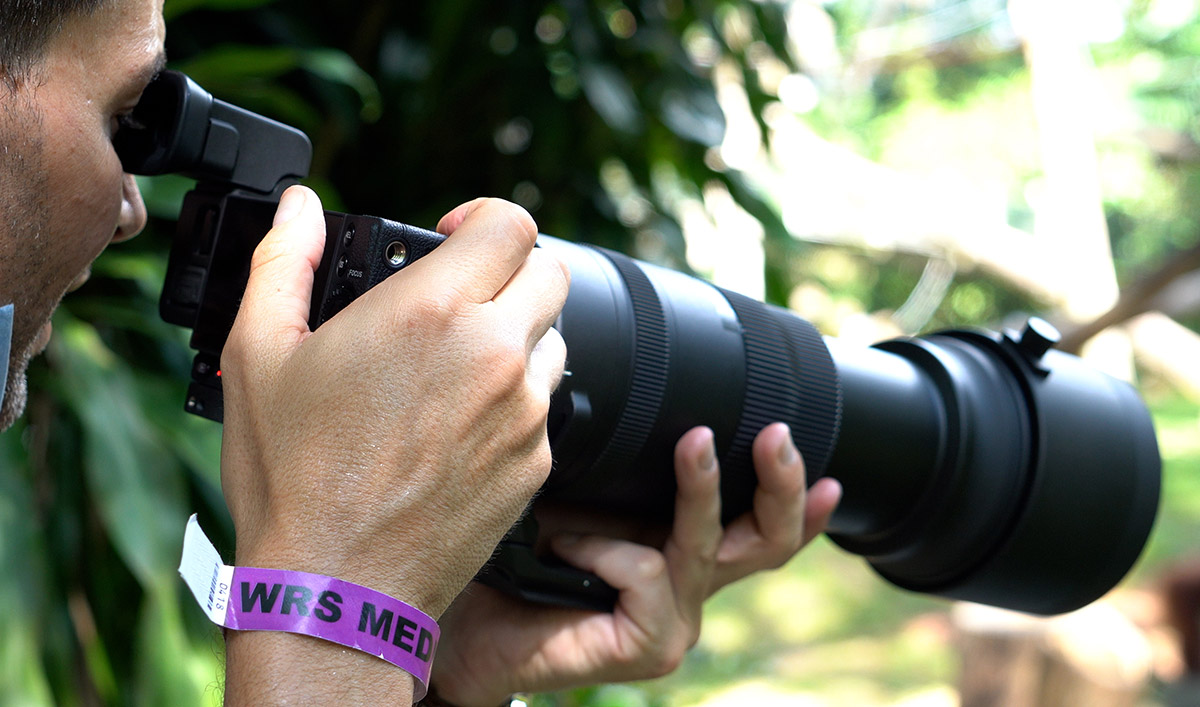
For the lens review, we tested both the Sony E-Mount version on the Sony A9II and Sony A1. For the L-mount version, we tested the lens with the Leica SL2 and Sigma FPL.
Performance of the lens on the Sony Alpha 1
In short, the lens performs beautifully. Autofocus is fast and responsive, eye tracking for humans, animals and birds works as good as a native Sony G Master lens. Image quality is sharp, chromatic aberration is well controlled, with pleasant bokeh that isn’t too busy. There is great fall off from subject that is in focus to the background, with no issues with flaring. The overall weight is light enough for the body and lens to be carried by hand, without any struggle.
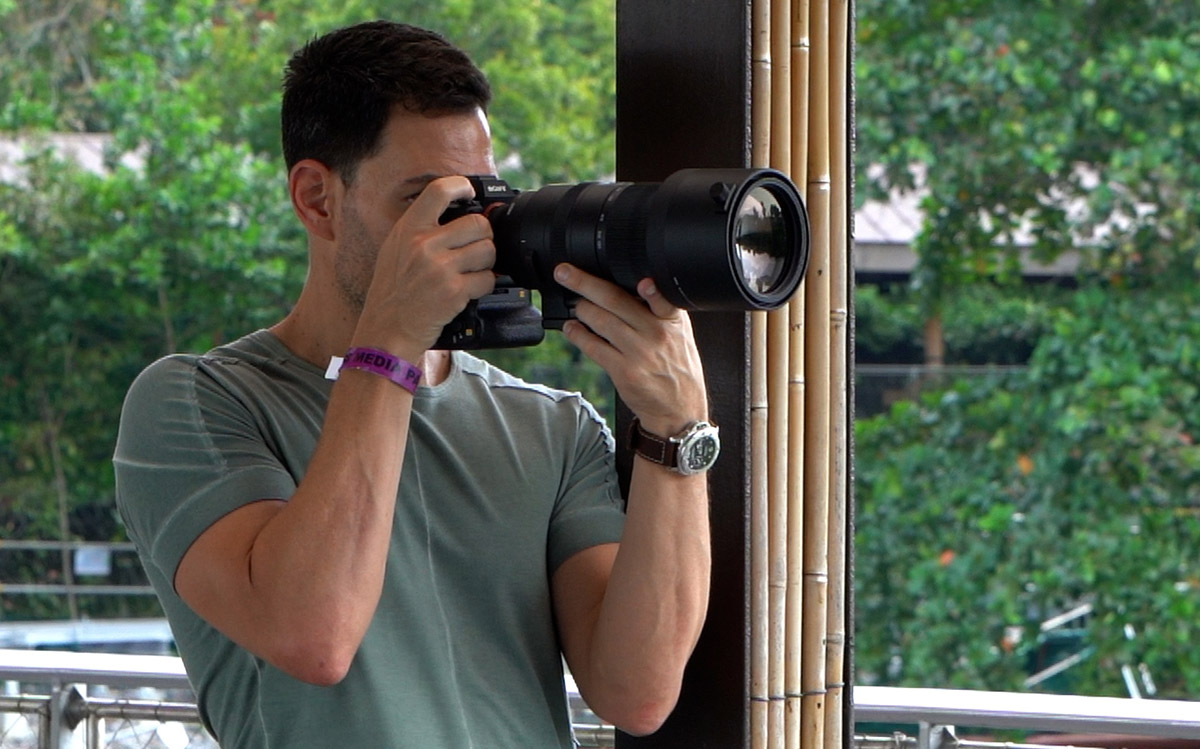
In terms of frames per second, we have frequently been told that third-party lenses will not achieve the top speeds native to Sony lenses on the A1, of up to 30 fps. However, we saw speeds rival some of Sony’s own lenses throughout the testing process and while we couldn’t pin down a specific number, it’s safe to say the FPS easily went above 20 on H+ mode. Ultimately, this puts the performance above the Tamron we recently reviewed.
One of the features that carries over from the previous version is the dual-action zoom, which allows you to pull the lens out of the desired focal length, or turn the zoom ring. In addition, a new feature to this DG DN version is the Zoom Torque Switch. You have three modes in which you can control the zoom – L is for Locking the zoom, T for Tight to have more control over the zoom throughout the focal range, and S is for smooth. This allows for fast action zoom to reach the desired focal length quickly.
The new switch worked as described, but in Smooth mode, there was this apparent rubbing sound coming from the lens as it extended in and out. To be fair, this sound was absent on the L Mount version, so we chalk this up to it being an issue with the pre-production lens we have. In addition, one needs to be careful when walking around with the lens in Smooth mode, as the zoom barrel will drop down to 600mm. If you’re not careful, you run the risk of damaging the lens if you accidentally knock it into something.
One caveat to take into consideration is that the E-Mount version will not have teleconverters available, as it is only available for the L-Mount variant of this lens.
Overall though, the performance on the Sony A1 was surprisingly good, and bested initial expectations.
L-Mount Users Finally have a native Super-Zoom Lens
For the L mount community (Leica, Panasonic, and Sigma), a native L-Mount lens of this focal range has long been desired. Sadly, Leica has stated the cost and pricing of the lens wouldn’t be sustainable for them to produce it. While Panasonic has come close with their 100-400 alongside Sigma’s version, it is Sigma, with its vast experience in Sports lens manufacturing, that has been able to bring this lens to market for this select group of camera users.
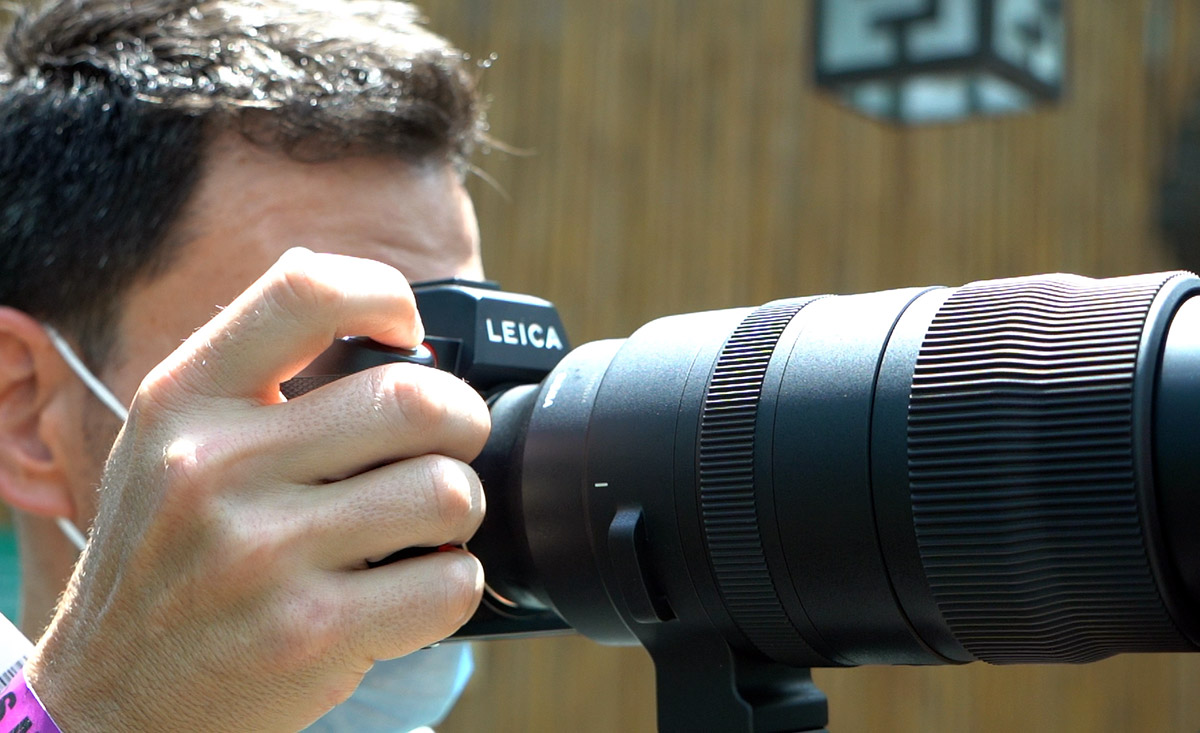
For this review, we tested the lens on the Leica SL2 and Sigma FPL.
With the FPL, the camera isn’t designed to take advantage of a large lens without the assistance of a tripod. While the image quality coming out of the FPL is fantastic, the size, electronic shutter and smaller ergonomics presented more challenges while using the lens mounted to it. While we were able to capture some beautiful images, the number of missed opportunities far outweighed the keepers.
The Leica SL2 fared better, as it is a beautiful camera with fantastic ergonomics that compliments the Sigma 150-600. Attaching the additional battery/vertical grip would provide an even better experience, but the body alone is sufficient for handheld photography.
In terms of performance with the SL2, most of what we experienced on the E-Mount version carries over her, but of course autofocus performance is more to do with the camera than the lens, and in this regard, the Sigma 150-600 is about on par with native Leica SL lenses. There were instances where the camera registered the animal or subject in focus, as the instant preview showed the image as sharp and in focus. Alas, the actual image itself produced several slightly out-of-focus shots. From our previous experience, this isn’t due to the lens, but an issue with the camera’s AF system. Having said that, we were able to capture some beautiful shots with the SL2 once we adapted to the camera’s AF quirks.
Another positive we experienced is the combination of the optical stabilization in the lens and the body of the SL2. We were presented with a very stable system especially when we needed to shoot at slower shutter speeds.
Overall, the experience with the SL2 was very good and the addition of this lens for the L mount users breathes new life into these systems, especially for those photographers that want to utilize their SL2 or SL2S, Lumix S1R, S1, S5 cameras for sports and wildlife photography.
Overall, our experience with both the E-Mount and L-Mount versions of this lens were surprisingly better than expected. When one considers a third-party manufacturer for lenses, you usually must take in consideration that autofocus, image quality and overall performance may not be as good as native lenses from the camera companies themselves, but with the Sigma 150-600 f5-6.3 DG DN, this was not the case. We can confidently recommend this lens to either Sony or L-Mount shooters if one wants to achieve some spectacular photos if the former doesn’t need the option for teleconverters.


